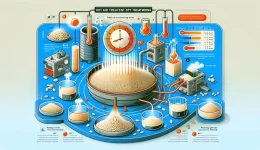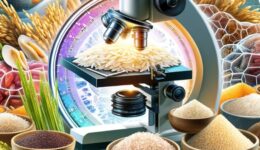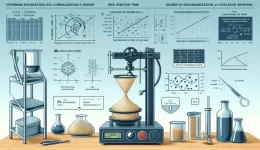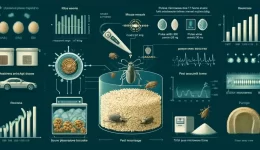Effect Of Hot Air Treatment On Rice Semi-Dry Milling Efficiency
Exploring hot air treatment to enhance rice semi-dry grinding efficiency, comparing quality and efficiency with traditional wet milling methods.

Exploring hot air treatment to enhance rice semi-dry grinding efficiency, comparing quality and efficiency with traditional wet milling methods.

Exploring sustainable mushroom cultivation using hydrolyzed proteins from waste, enhancing yield and promoting agricultural sustainability through innovative nitrogen source recycling.

Exploring how protein content affects rice quality using SEM and CLSM, revealing the impact on texture, water absorption, and cooking quality.

Exploring the effects of gelatinization on rice gel properties through tensile stress analysis, highlighting optimal conditions for texture optimization in food science.

Evaluating cadmium levels in Thai rice imports to ensure food safety, guiding policy decisions, and highlighting the importance of rigorous testing.

Exploring the GC-NPD method for detecting pesticide residues in rice and flour, showcasing its efficacy, sensitivity, and suitability for food safety.

Exploring pulse microwave technology’s efficacy in controlling rice pests while maintaining quality, optimizing treatment parameters for industry application and food safety.

Exploring pulse microwave treatment’s effects on rice’s physical, chemical properties, rheological behavior, and sensory quality, comparing it to continuous microwave treatment.

A novel GC-MS/MS method for rapid, purification-free detection of 59 pesticide residues in rice, offering efficiency and accuracy in analysis.

Advanced HPLC method for rapid, accurate detection of neonicotinoid pesticides in rice, showcasing high precision, sensitivity, and efficiency in food safety analysis.